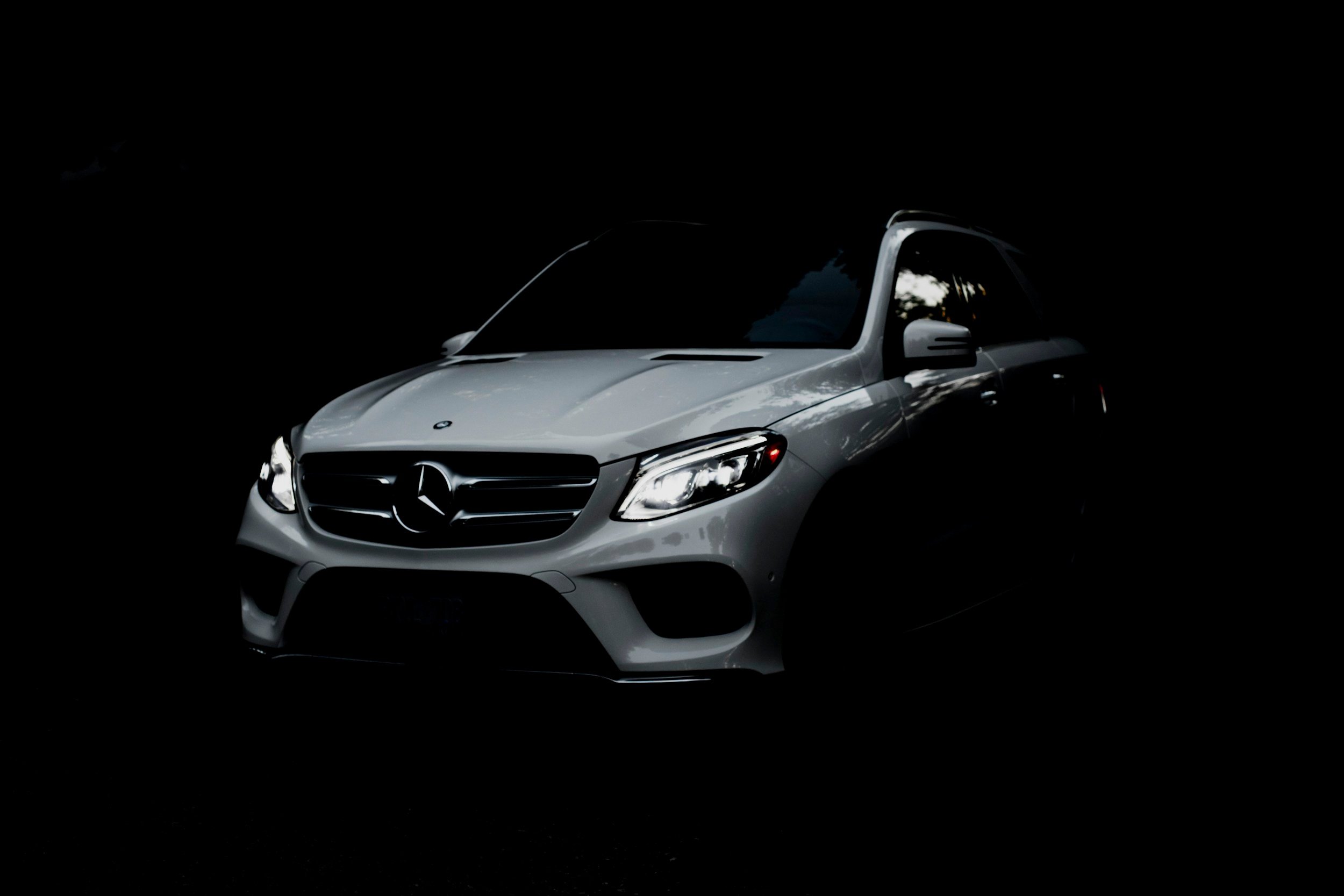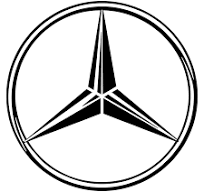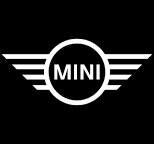
European Car Servicing and Repair in the Kootenays
Big City Expertise,
Without the Big City.
You don’t have to drive to Calgary for specialized service.
PORSCHE, BMW, AUDI, JAGUAR, RANGE ROVER and VOLVO, as well as all models of MERCEDES BENZ, including G-WAGON and SPRINTER.
Mercedes Jellinek offers Diagnostics, Maintenance, Servicing and Repairs of European luxury and high-performance cars: PORCHE, BMW, AUDI, JAGUAR, RANGE ROVER and VOLVO, as well as all models of MERCEDES BENZ, including G-WAGON and SPRINTER.
As the only dedicated high-end technicians in the East Kootenays, we service a good percentage of Mercedes vehicles in the Cranbrook region (and beyond). We even have a number of clients that live outside the Kootenays who prefer to bring their vehicles to us. They appreciate the level of service and peace of mind that we provide and saves them from driving all the way to Calgary.
Okay, we’re not snobs.
We take care of other makes too.
We welcome every make and model from Chevrolet to Toyota. Whatever vehicle you drive you will receive the same high levels of professional service and care from us.
Got a problem? Give us a call - 250 919-1135
Location
338-D Kings St, Cranbrook, B.C.
V1C 4E3
Hours
Mon–Thurs - 9am -5pm
Fri - 9am -1pm
Phone or Text
(250) 919 1135
Our services include:
Routine Maintenance and Inspections
Advanced Engine Diagnostics and Repairs
Precision Brake Servicing
Suspension and Steering
Air Conditioning Service
Pre-Purchase Inspections










